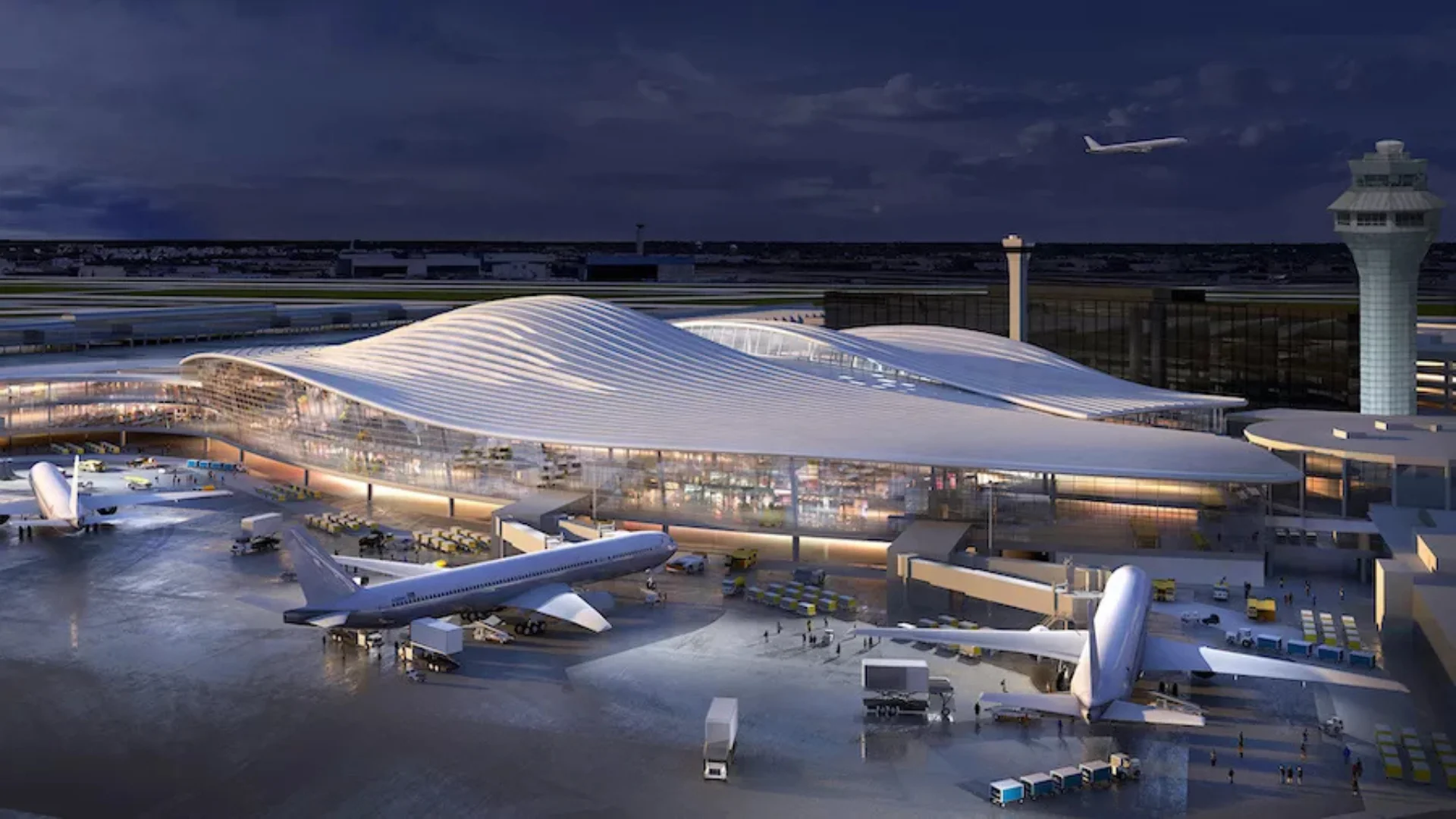Denver International Airport (DEN) reported a seat capacity of 4.65 million—a 3% rise from last year—while Dallas/Fort Worth International Airport (DFW) slightly outpaced Denver with approximately 4.72 million seats but experienced a modest decline of 2%. The reduction at DFW may be due to American Airlines shifting some flight capacity toward more profitable long-haul or point-to-point routes.
Each of these airports relies on strong anchor carriers:
- ATL is centered around Delta Air Lines’ hub-and-spoke model.
- ORD serves as a dual hub for United and American Airlines.
- DEN is targeted for growth by Southwest Airlines, United Airlines, and Frontier Airlines.
- DFW remains essential to American Airlines’ national operations.
Daily aircraft movements provide another measure of airport activity. According to AirAdvisor’s January 2025 data, Chicago O’Hare leads with nearly 815 daily takeoffs and landings. Atlanta follows closely with about 786 daily flights, while Dallas/Fort Worth handles roughly 762 movements per day. These numbers illustrate the scale of coordination required at high-frequency hubs like ORD and DEN, where flight schedules are often banked into concentrated waves to maximize connection opportunities.
Other airports such as Los Angeles International Airport (LAX), Orlando International Airport (MCO), John F. Kennedy International Airport (JFK), Harry Reid International Airport (LAS), Charlotte Douglas International Airport (CLT), and San Francisco International Airport (SFO) also report significant daily flight activity ranging from approximately 600 to nearly 700 movements per day.
During summer 2025, many major U.S. airports have seen robust growth in response to increased travel demand following pandemic lows. For example, Chicago O’Hare posted a notable year-over-year increase in scheduled seat capacity driven by both legacy carriers consolidating Midwest operations and expanded international services.
Airlines have responded by increasing frequencies on popular summer routes—such as Chicago–New York or Denver–Los Angeles—and focusing on efficiency rather than simply adding raw capacity. Airports serving leisure destinations like Orlando (MCO), Miami (MIA), and Las Vegas (LAS) have benefited from demand driven by ultra-low-cost carriers including Spirit, Frontier, and JetBlue.
Airport leaders stand out not just due to passenger volume but also because of strategic roles within airline networks:
- ATL maintains its lead through extensive connections across more than 150 domestic cities.
- ORD excels as an international gateway supported by ongoing modernization projects such as terminal expansions.
- DEN leverages its central location between coasts alongside investments in additional gates and security upgrades.
- DFW supports American Airlines’ core long-haul operations via centralized terminals.
- LAX continues as a coastal anchor for global travelers despite congestion challenges; infrastructure improvements aim to support future events like the Olympics.
Secondary hubs such as CLT offer efficient East Coast coverage while MCO’s proximity to theme parks boosts its traffic figures each summer season.
The definition of “busiest” varies depending on whether it is measured by total annual seats, passenger throughput, hourly peaks or aircraft movements—a distinction highlighted in recent analyses such as those published by The Washington Post https://www.washingtonpost.com/transportation/interactive/2023/busiest-airports-us/. For instance, although ATL leads annually in total passengers and seats scheduled https://simpleflying.com/hartsfield-jackson-atlanta-busiest-airport-world/, other airports may experience higher peak-hour surges depending on their schedule structure or business model emphasis—legacy carriers tend toward banked scheduling while low-cost airlines spread flights throughout the day https://www.nbcnews.com/news/us-news/busiest-airports-united-states-flights-delays-cancellations-n1235096.
Looking ahead, these trends suggest that metrics used for ranking airport busyness will continue evolving along with airline strategies https://www.forbes.com/sites/geoffwhitmore/2023/07/17/the-worlds-busiest-airports-in-summer-2023/?sh=29aaf8c84d10 , regional demand shifts https://thepointsguy.com/news/worlds-busiest-airports-tpg-analysis/, new market entrants increasing service at smaller hubs https://skift.com/blog/the-top-u-s-airports-by-domestic-passenger-volume-in-2022/, and growing focus on factors like sustainable infrastructure or intermodal access.
 Alerts Sign-up
Alerts Sign-up






























